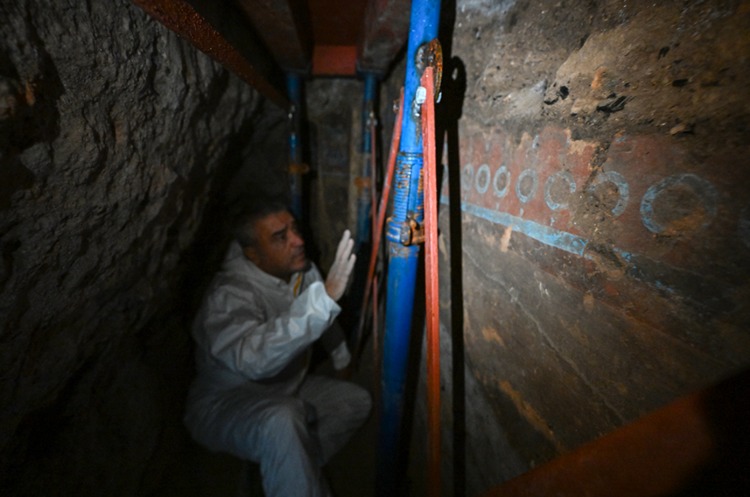
3,000-Year-Old Urartian Wall Paintings Protected Beneath Van’s Garibin Hill
Deep beneath the rugged terrain of eastern Türkiye, archaeologists have uncovered one of the most extraordinary artistic survivals of the Urartian Kingdom — a network of subterranean chambers whose walls still bear vivid, 3,000-year-old paintings. The fragile murals, discovered accidentally during an illegal excavation in Van’s Tuşba district, are now being carefully preserved under a

Ongoing Excavations at Garibin Tepe Near Van Shed Light on Urartian Architecture and Conservation Efforts
Archaeological works continue at Garibin Tepe in Türkiye’s Van province, one of the most intriguing Urartian sites of recent years. Excavations this season have focused on documenting massive walls, lion statues, and wall paintings as researchers seek to understand the architectural layout and royal character of the ancient complex. Located about 30 kilometers from central
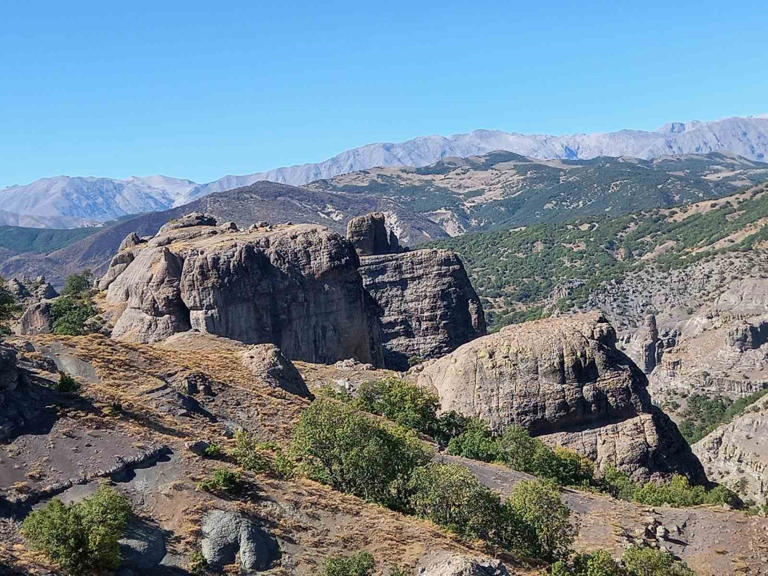
Two open-air temple thought to belong to the Urartians discovered in Tunceli
Archaeologists have discovered two separate open-air temple, one in the easternmost and the other in the westernmost part of Tunceli province. The discovery was made by Assoc. Prof. Dr. Serkan Erdoğan, Head of the Department of Protohistory and Prehistoric Archaeology, Department of Archaeology, Faculty of Arts and Sciences, Faculty of Arts and Sciences, Yozgat Bozok
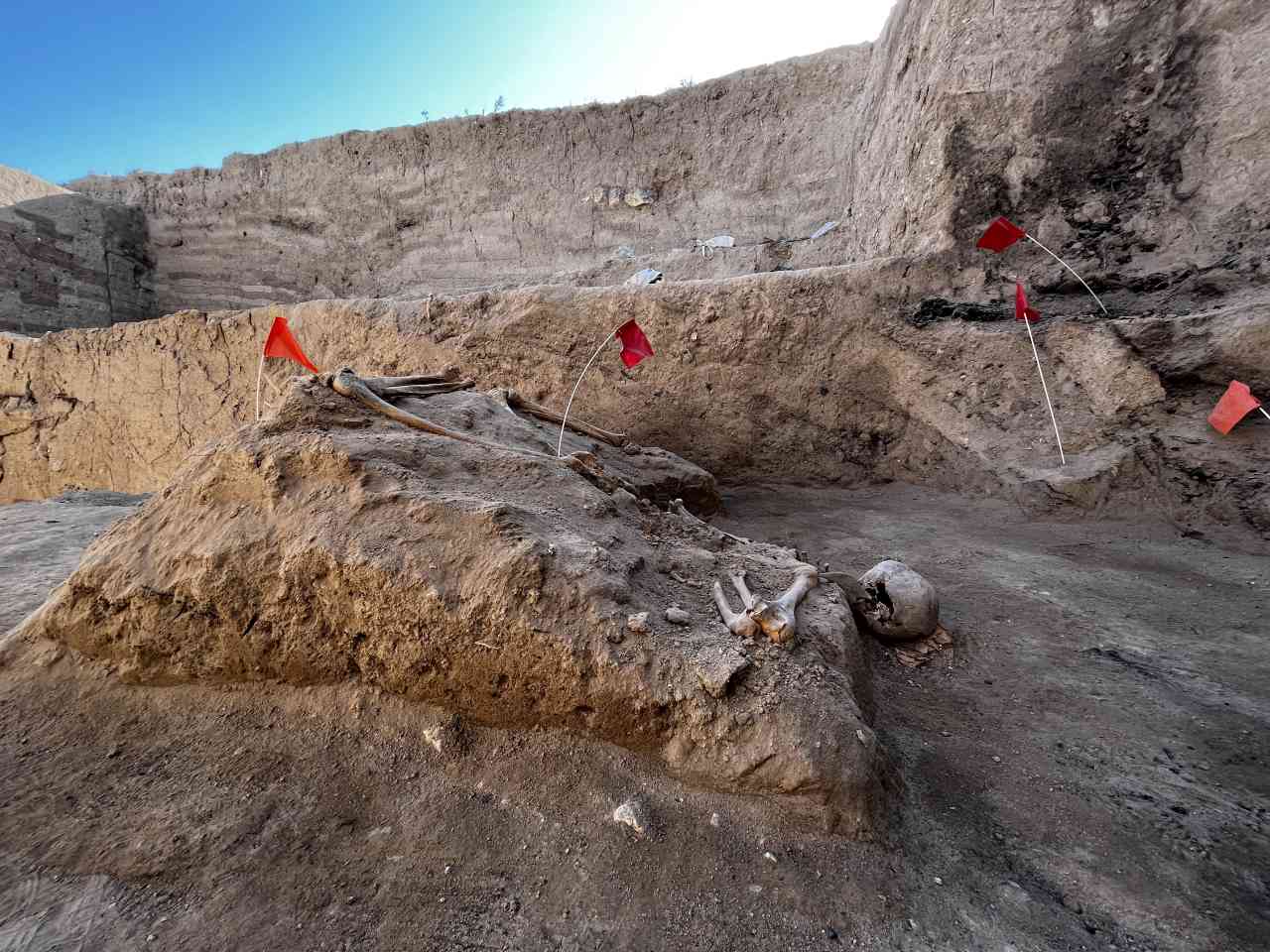
A skeleton of an Urartian man with partially preserved brain tissue was found in Ayanis Castle
During the excavations of the Urartian period Ayanis Castle located on the shores of Lake Van in the Eastern Anatolia region of Turkey, a skeleton belonging to a Urartian man was found, with partially preserved brain tissue. In this year’s phase of the ongoing excavation efforts that have been carried out for 36 years at
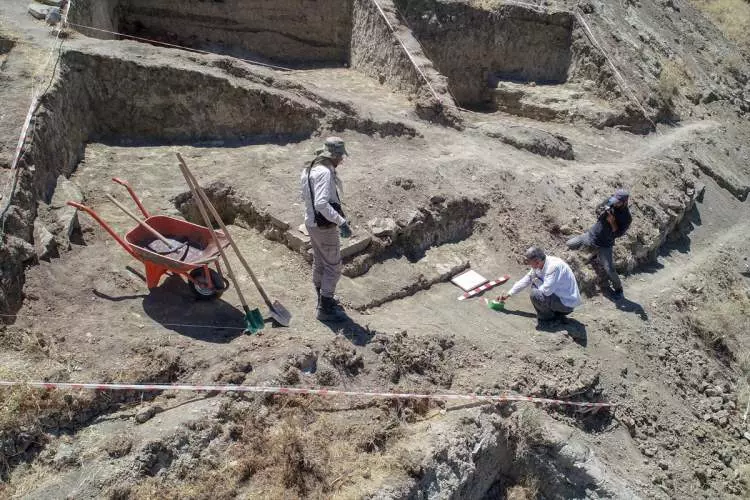
Urartians used terracing method to protect against the destructive force of earthquakes
During the excavation works carried out at Çavuştepe Castle, which was built by King Sarduri II of Urartu in 750 BC, along with the necropolis area to the north, it was observed that the Urartians used terracing method to mitigate the destructive effects of earthquakes. The Kingdom of Urartu ruled over a vast geographical area
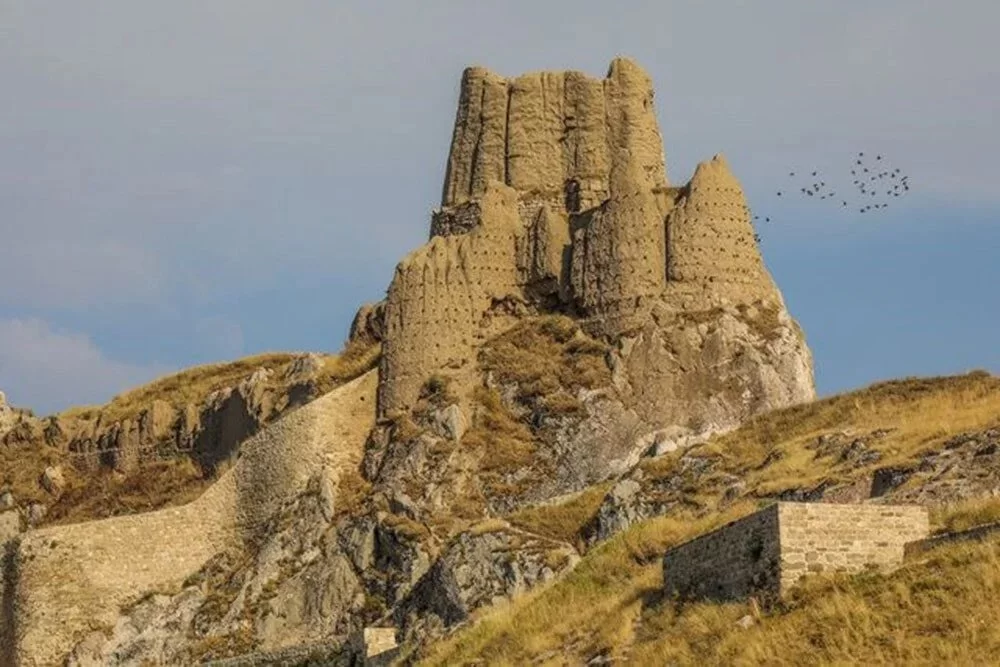
Urartian King Argishti’s bronze shield revealed the name of an unknown country
Urartian King Argishti’s bronze shield revealed the name of an unknown country. The bronze shield, which was purchased by the Rezan Has Museum, is believed to have been found within the boundaries of Ağrı-Patnos and Muş regions. The bronze shield is 40 cm wide. Apart from the inscription, the surface of the shield contains dotted
